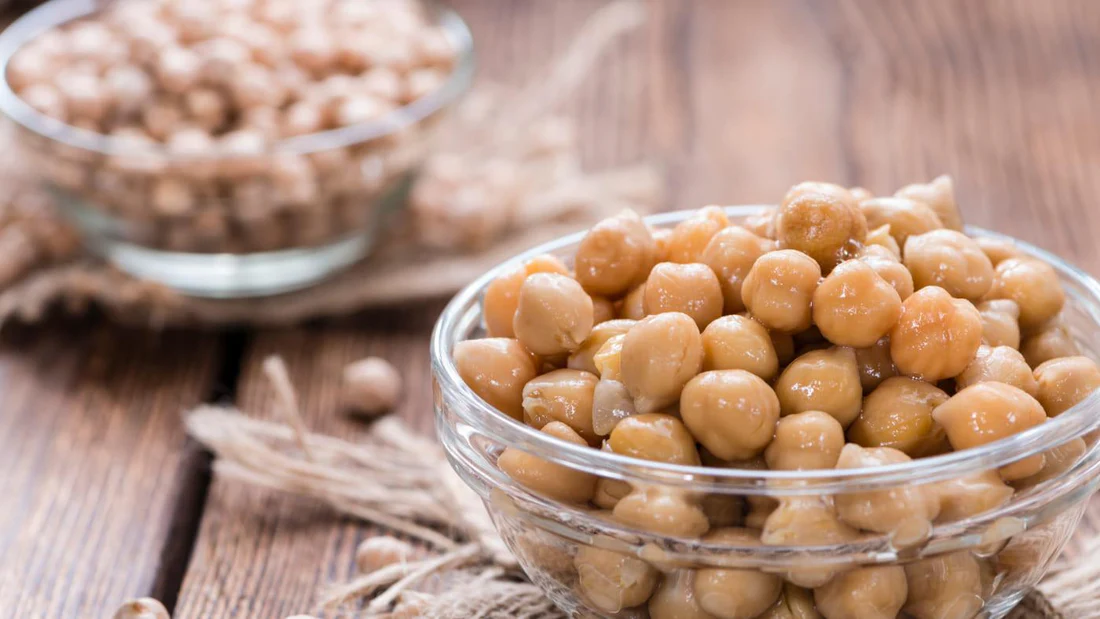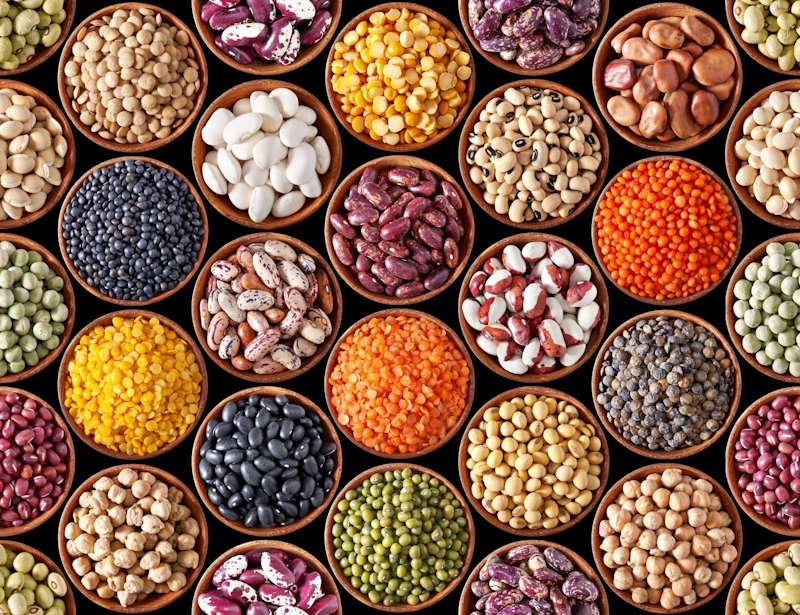(With great restraint and some regret, we refrained from using our first inclination title, you know the one “Beans, beans, they’re good for your heart”…)
With that, here’s our Bean-tastic Guide: Unveiling the Healthiest Legumes.
Ready? Very good, because we’re about to spill the beans on which of these humble legumes reign supreme in the health department. Get ready for a bean-tastic adventure that’ll leave you saying, “Holy frijoles!”.

The Great Bean Debate
When it comes to healthy eating, beans are the unsung heroes of the food world. They’re like the Clark Kent’s of nutrition – seemingly ordinary, but pack a surprising punch when it comes to keeping us healthy. But which beans are the Superman of the legume world? Let’s dive in and find out!
1. Black Beans: The Dark Knight of Nutrition

Black beans are the Batman of the bean world – dark, mysterious, and incredibly powerful. These ebony beauties are loaded with fiber, protein, and antioxidants. They’re particularly rich in anthocyanins, the same compounds that give blueberries their superfood status.
- Fiber content: 15 grams per cup (cooked)
- Protein: 15 grams per cup
- Key nutrients: Iron, magnesium, and folate
Black beans have been shown to help regulate blood sugar levels, making them a great choice for those watching their glycemic index. Plus, they’re versatile enough to star in everything from burritos to brownies. Yes, you read that right – black bean brownies are a thing, and they’re delicious!
2. Chickpeas: The Charismatic Crowd-Pleaser

Chickpeas, also known as garbanzo beans, are the life of the party in the bean world. Now, don’t get me wrong, hummus is life. But chickpeas have so much more to offer. They’re like the extroverted friend who gets along with everyone – equally at home in a salad, curry, or blended into hummus.
- Fiber content: 12.5 grams per cup (cooked)
- Protein: 14.5 grams per cup
- Key nutrients: Manganese, folate, and copper
Chickpeas are particularly noted for their high content of choline, a nutrient essential for brain health. So next time someone calls you a “chickpea brain,” take it as a compliment!
3. Lentils: The Speedy Gonzales of Nutrients

Lentils are the fast and furious of the bean world. They cook quickly and are packed with nutrients, making them perfect for those “I need a healthy meal NOW” moments.
- Fiber content: 15.6 grams per cup (cooked)
- Protein: 17.9 grams per cup
- Key nutrients: Iron, folate, and potassium
Lentils come in a rainbow of colors – green, brown, red, and even black. They’re like the chameleons of the legume world, blending seamlessly into soups, salads, and even veggie burgers.
4. Kidney Beans: The Shapely Specimen

Kidney beans, shaped like their namesake organ, are the bodybuilders of the bean world. They’re muscular in appearance and nutritional profile.
- Fiber content: 11 grams per cup (cooked)
- Protein: 15 grams per cup
- Key nutrients: Iron, phosphorus, and thiamine
Kidney beans are particularly high in resistant starch, a type of fiber that acts as a prebiotic, feeding the good bacteria in your gut. So go ahead, make your gut microbiome do a happy dance with a hearty serving of kidney beans!
5. Navy Beans: The Unassuming Powerhouse

Don’t let their pale appearance fool you – navy beans are nutritional powerhouses. They’re like the quiet kid in class who turns out to be a genius.
- Fiber content: 19 grams per cup (cooked)
- Protein: 15 grams per cup
- Key nutrients: Folate, manganese, and thiamine
Navy beans have the highest fiber content of all the beans we’ve discussed. They’re the go-to bean for those looking to boost their digestive health and keep things… moving along smoothly, if you catch my drift.
The Verdict… The Healthiest Bean Award Goes To…
Drumroll, please! 🥁
The healthiest bean is…
Plot twist: all of them!
The truth is, all beans are incredibly healthy, each with its own unique nutritional profile. The best bean for you depends on your specific health needs and taste preferences. It’s like trying to choose a favorite child – they’re all special in their own way.
How to Bean-efit from Beans
Now that we’ve spilled the beans on these nutritional powerhouses, here are some tips to incorporate more beans into your diet:
1. **Gradual introduction**: If you’re not used to eating beans, start slowly to avoid any, ahem, musical side effects.
2. **Variety is key**: Mix it up! Try a different bean each week to benefit from their diverse nutrient profiles.
3. **Prep in bulk**: Cook a large batch of beans and freeze portions for quick and easy meals.
4. **Sneak them in**: Add pureed beans to sauces, smoothies, or baked goods for a nutrient boost.
5. **Sprouting**: Try sprouting beans to increase their nutrient availability and reduce cooking time.
Bean There, Done That…
So there you have it, folks – the lowdown on the healthiest beans. Whether you’re team black bean, a chickpea champion, or a lentil lover, you can’t go wrong with these nutrient-packed powerhouses.
Remember, in the world of nutrition, beans are the real MVPs (Most Valuable Pulses). They’re affordable, versatile, and packed with fiber, protein, and a host of other nutrients. So next time you’re at the grocery store, give those humble little legumes some love. Your body (and your wallet) will thank you.
Now, if you’ll excuse me, I’ve got a date with a bowl of three-bean chili. Bean there, done that, and ready to do it again!
—
**References:**
1. Messina, V. (2014). Nutritional and health benefits of dried beans. The American Journal of Clinical Nutrition, 100(suppl_1), 437S-442S.
2. Papanikolaou, Y., & Fulgoni, V. L. (2008). Bean consumption is associated with greater nutrient intake, reduced systolic blood pressure, lower body weight, and a smaller waist circumference in adults: results from the National Health and Nutrition Examination Survey 1999-2002. Journal of the American College of Nutrition, 27(5), 569-576.
3. Winham, D. M., & Hutchins, A. M. (2011). Perceptions of flatulence from bean consumption among adults in 3 feeding studies. Nutrition Journal, 10(1), 128.
4. Campos-Vega, R., Loarca-Piña, G., & Oomah, B. D. (2010). Minor components of pulses and their potential impact on human health. Food Research International, 43(2), 461-482.
5. Rebello, C. J., Greenway, F. L., & Finley, J. W. (2014). A review of the nutritional value of legumes and their effects on obesity and its related co‐morbidities. Obesity Reviews, 15(5), 392-407.

